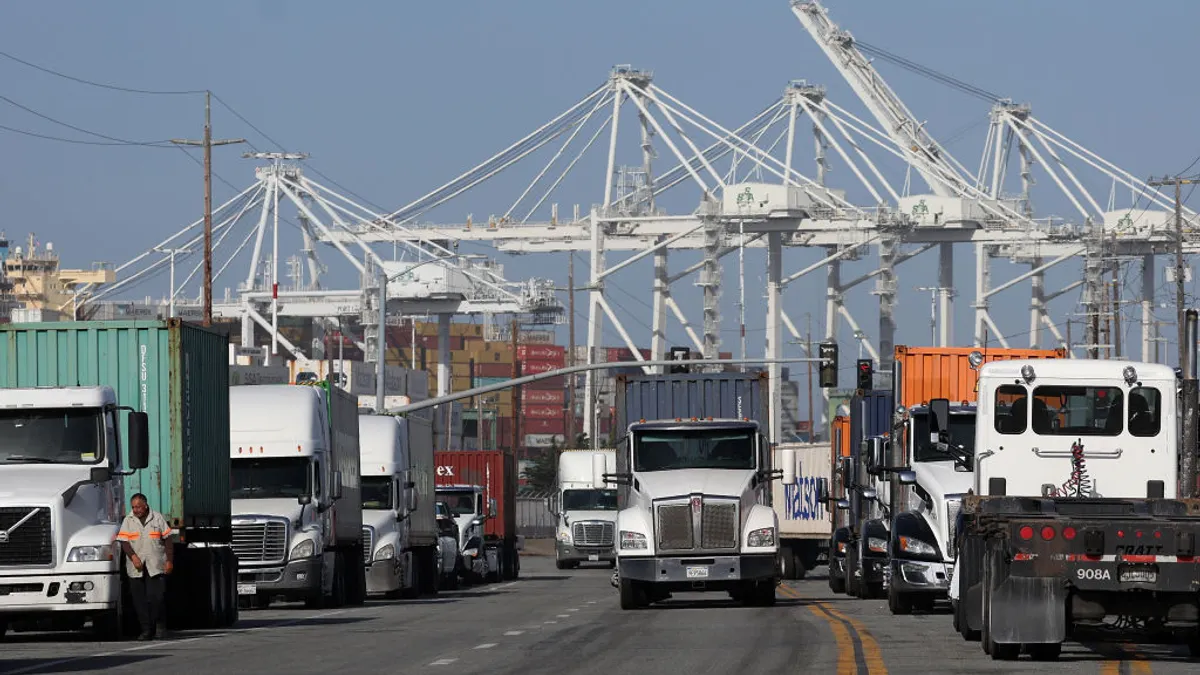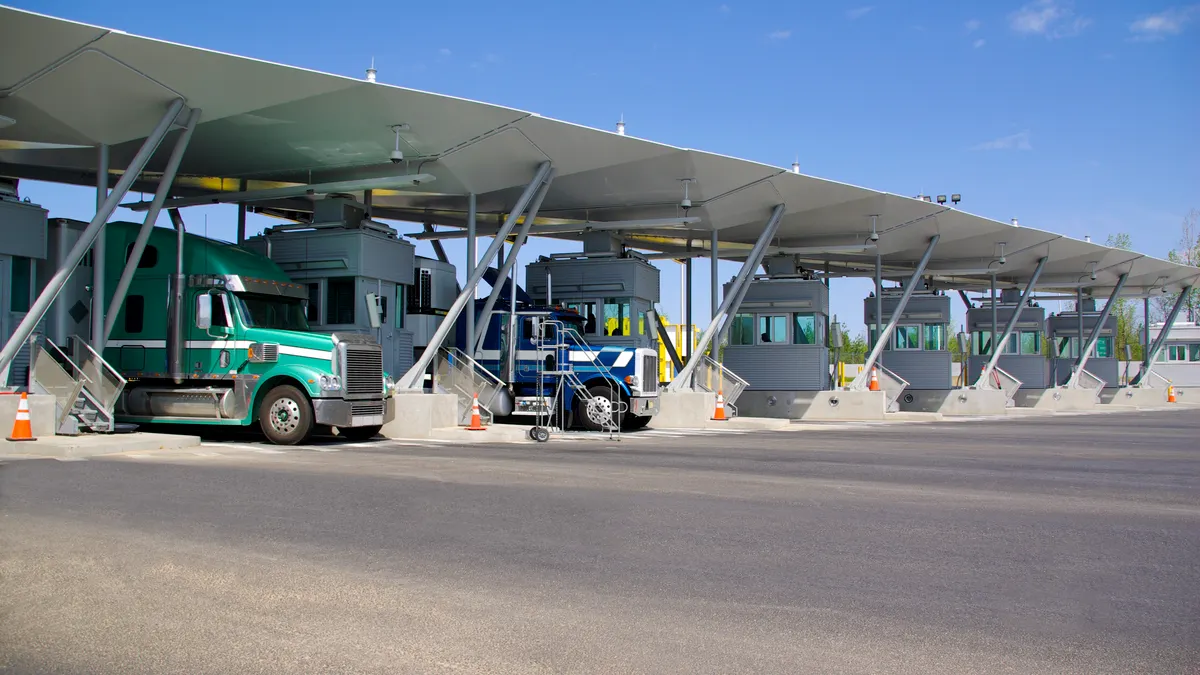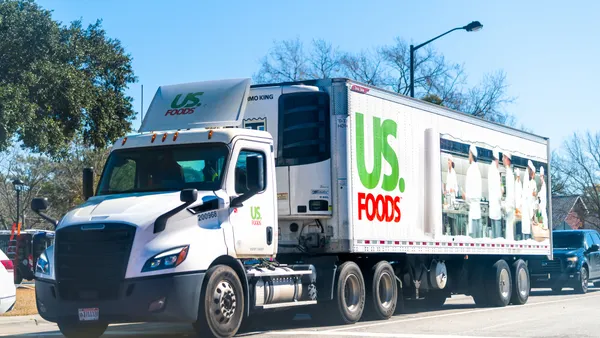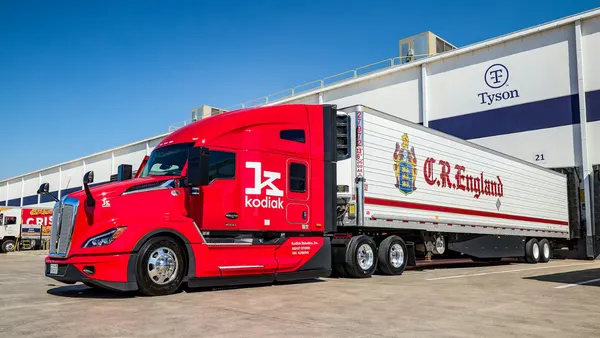With a prolonged weak freight market, fleets are controlling costs while expecting further challenges ahead.
The next year to year-and-a-half will be particularly trying, according to leaders with Werner Enterprises and Bay and Bay Transportation speaking at a Sept. 9 panel at the FTR Transportation Conference.
"We're really planning that the market doesn't change a lot" in the next 12 to 18 months, Bay and Bay Transportation CEO Sam Anderson said.
Carriers are facing high operating costs and a dynamic market marked by troubling spot rates, overcapacity and weak demand.
Amid that lackluster demand, Bay and Bay raised rates because costs continued to rise by at least 5% annually for three years, Anderson said.
While some owner-operators expect stability for the trucking market and spot rate growth could continue, Werner and Bay and Bay Transportation are raising more cautious outlooks.
Consolidation may help industry players survive
Werner Enterprises’ SVP of account management Matt Parry thinks consolidation will continue if the freight market doesn’t improve in the next year.
He sees M&A opportunities for both small and large companies, and he believes fleets with several hundreds of trucks are the ones struggling in particular.
The longer a downturn market continues, the more struggling companies are at risk. Companies could be one accident, major customer loss or bankruptcy away from not being able to continue, Parry said.
M&A activity has continued amid the multiyear freight recession — in line with expert’s projections. In this year alone, several acquisitions have occurred, such as ones from Republic Services, Kenan Advantage Group and Nagle Cos.
Fuel prices could help smaller fleets continue to hang on
While larger carriers tend to have more options to mitigate rising costs, smaller companies with fewer choices may be able to rely on current fuel prices to save them from market turbulence.
“With fuel prices being where they're at, that's a positive,” Anderson said.
The national average price for a gallon of diesel has remained below $4 since April 2024, per data from the Energy Information Administration.
Anderson said he isn’t sure if fuel prices will substantially improve in the next 12 months. But his company continues to work on improving cost structures where it can.
“We've done more nearshoring," Anderson said. “To go back two years ago, we had zero of our staff that were what we call nearshore, either in Mexico or in Colombia. Today, we have 70 people there. We're going to continue to do that. Those people are hard working folks, and we've got to continue to improve that cost structure.”











